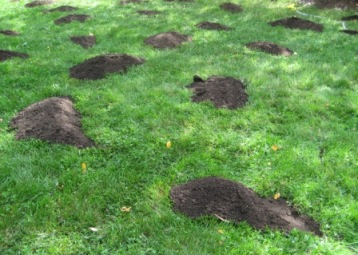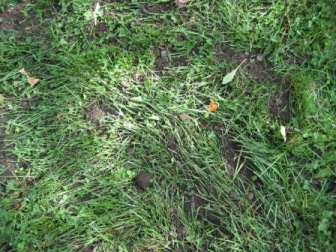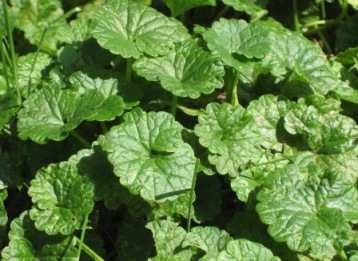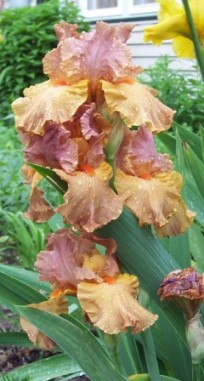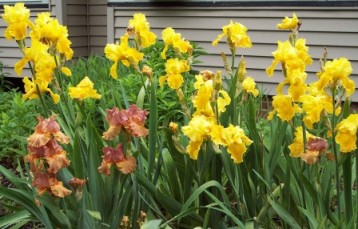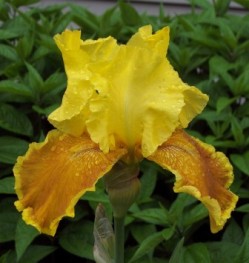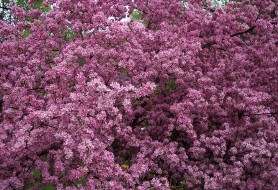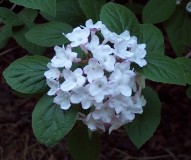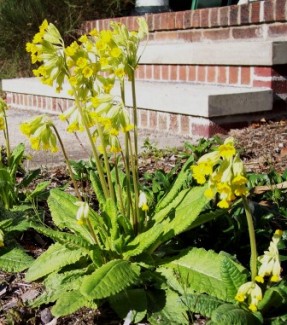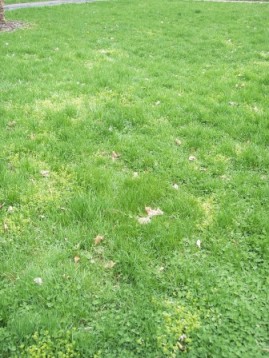Eventually I’m going to do a big blog post on gardening. Or more likely: a series of posts.
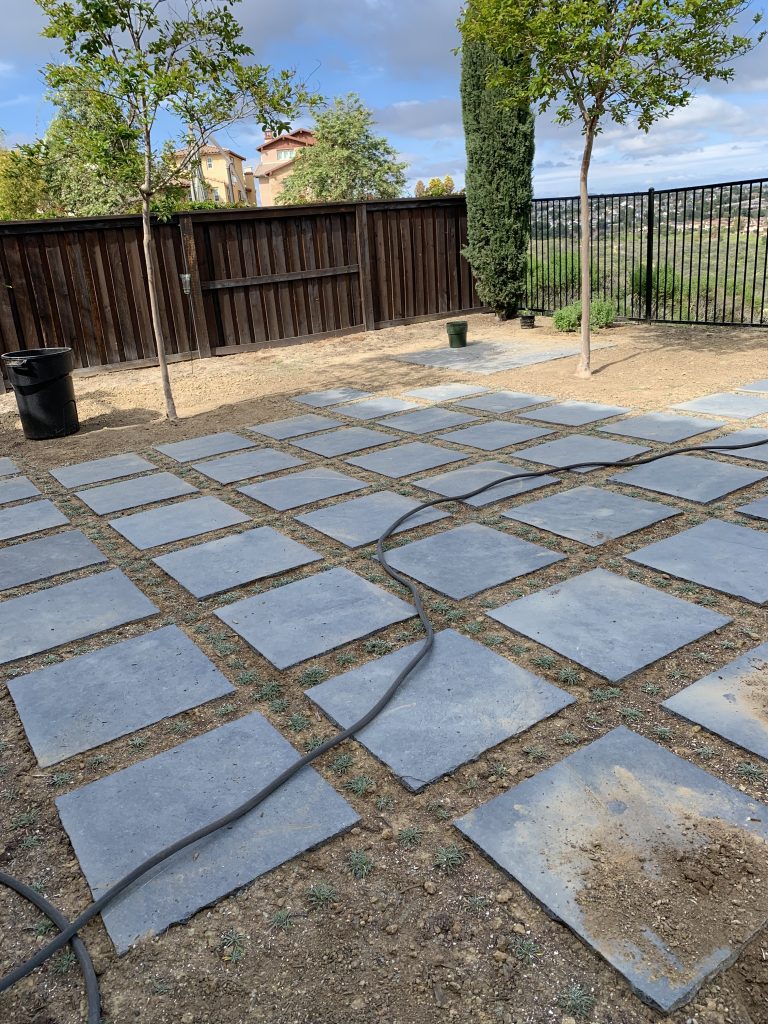
But today I’m inspired because of this article, Feed the soul: In chaotic times, gardening becomes therapy.
It’s a lovely piece — a round-up of short interviews with people who are turning to gardening, right now, to help them cope with Covid.
The story I’ll be writing up more extensively, at some point, starts last year, when my sweetheart and I embarked on a complete re-do of our back yard.
The first step was to pull out all of the irrigation.
And now, a little at a time, we’re adding plants — drought-tolerant plants — and no, not succulents, but primarily California coastal natives. (We’re not being purists however! And one little section near the house is now herbs :))
We decided to do this a few plants at a time so that we’d get a sense of what will do well and what will not.
If this works, we’ll have a yard that will support regional insects and birds, without requiring much care. Not water, not fertilizer. We’ll be shearing the plants back from time to time and that’s it.
Gardening with weeds? Uh huh!
In the meantime, we still have a lot of bare spots, so I’m letting “volunteers” come in to fill it up a little bit.
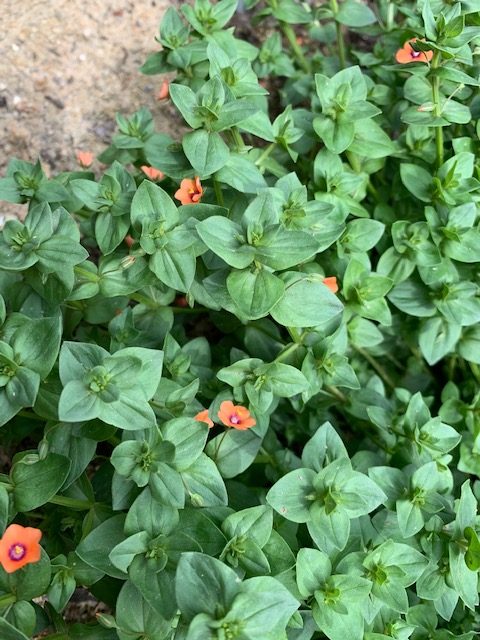
One of my favorites so far is a plant I finally identified yesterday: Scarlet Pimpernel (Anagallis arvensis). And how funny is that? Random weed comes up in the yard and turns out it has a novel named after it?
Fun fact: in some parts of the plant’s range, the flowers are blue, and in some they are red. Our version has a lovely peachy-pink flower.
Another fun fact: because the blooms close if it gets overcast, other common names are along the lines of “Poor Man’s Barometer.”
Also: no, it is not native to SoCal and yes, it is considered a weed and even “invasive.”
But I don’t care. I think it’s pretty.
How about you? Do you garden? If not, are you thinking about taking it up?

